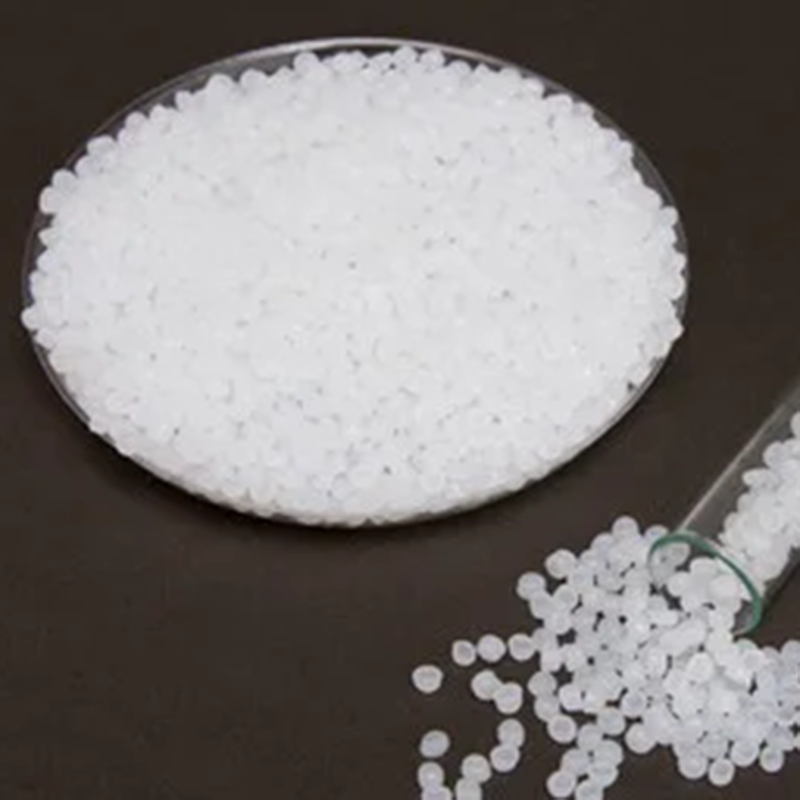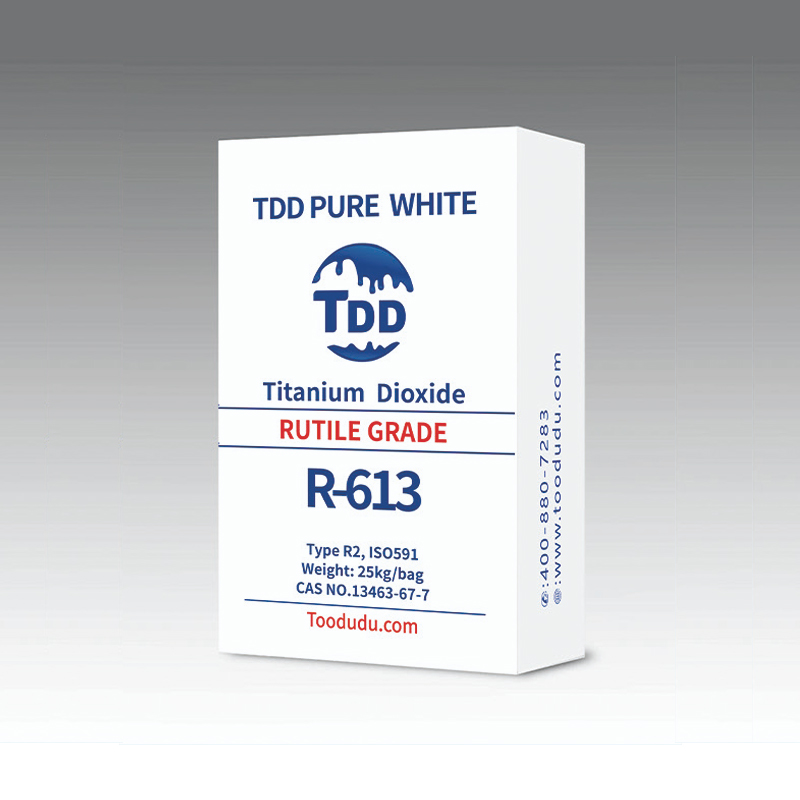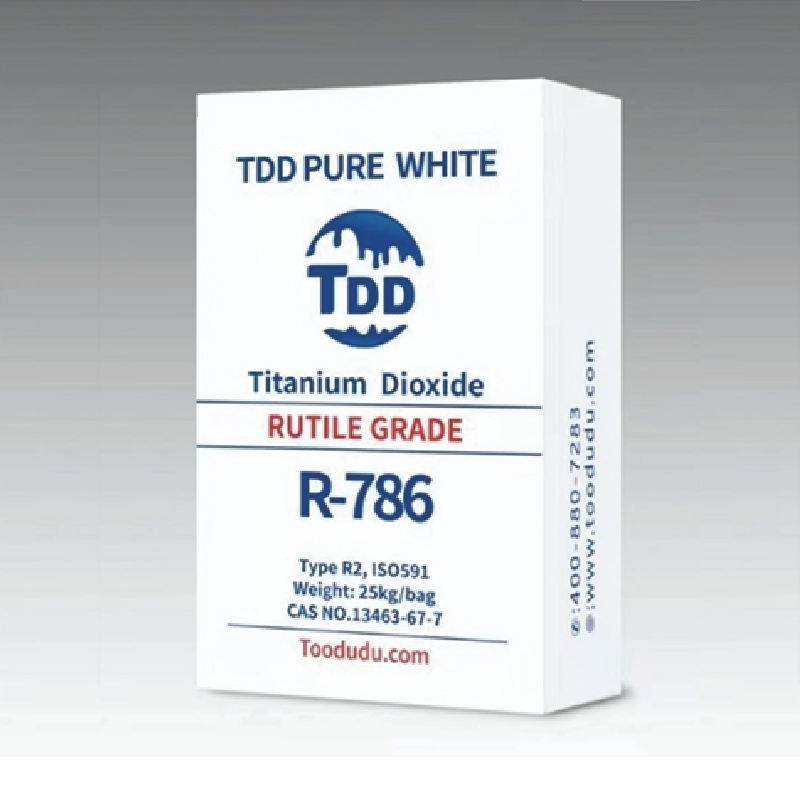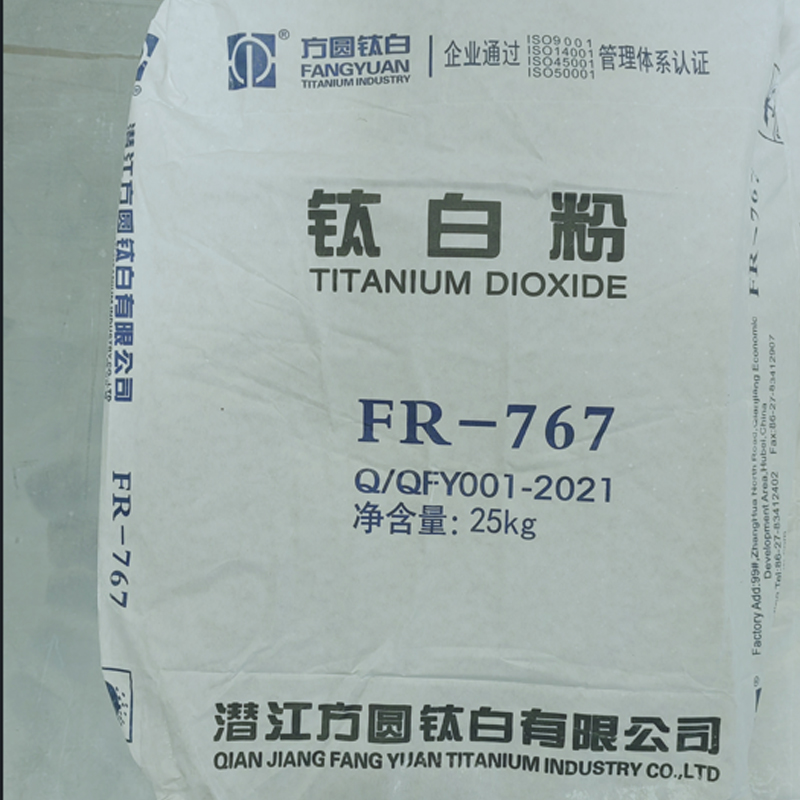Industrial lubricants have a wide range of applications, and there are many types of base oils, such as: pure mineral oil, PAO polyɑolefin synthetic oil, polyether synthetic oil, alkylbenzene oil, biodegradable lipid oil, when they become certain When making industrial lubricants, they cannot be mixed with each other. For example, after polyether synthetic oil is mixed with other industrial oils, its performance will be significantly reduced. Industrial lubricants have different additives in different applications . Hydraulic oil used outdoors must be suitable for local temperature changes, and hydraulic oil used in indoor closed environments cannot be used. In addition, the usage conditions of heavy-duty gear oil and molding oil are also different. Heavy-duty gear oil contains extreme pressure additives to ensure that it can be used in harsh environments. Molding oil is usually pure mineral oil without additives. composition Lubricating oil generally consists of two parts: base oil and additives. The base oil is the main component of the lubricating oil and determines the basic properties of the lubricating oil. The additives can make up for and improve the deficiencies in the performance of the base oil and give some new properties. An important component of lubricants. Lubricating oil base oil Lubricating base oils are mainly divided into three categories: mineral base oils, synthetic base oils and vegetable oil base oils. Mineral base oils are widely used and used in large amounts (about 95% or more), but in some applications, products formulated with synthetic base oils or vegetable oil (bio-based) base oils must be used, which has led to the rapid development of these two base oils. Mineral base oil is refined from crude oil. The main production processes of lubricant base oil are: atmospheric and vacuum distillation , solvent deasphalting, solvent refining, solvent dewaxing , clay or hydrogenation supplementary refining. In 1995, China’s current lubricant base oil standards were revised, mainly modifying the classification method and adding two categories of special base oil standards: low condensation and deep refinement. In the production of mineral lubricants, the most important thing is to select the best crude oil. The chemical composition of mineral base oils includes a mixture of high boiling point, high molecular weight hydrocarbons and non-hydrocarbons. Its composition is generally alkanes (linear, branched, multi-branched), cycloalkanes (monocyclic, bicyclic, polycyclic), aromatics (monocyclic aromatic hydrocarbons, polycyclic aromatic hydrocarbons), cycloalkyl aromatic hydrocarbons, and oxygen- and nitrogen-containing hydrocarbons. , sulfur-containing organic compounds and non-hydrocarbon compounds such as gums and asphaltenes . Biological base oil (vegetable oil) is becoming more and more popular, it can biodegrade and quickly reduce environmental pollution. Since all industrial enterprises in the world today are seeking measures to reduce environmental pollution, and this “natural” lubricant has this characteristic, although the cost of vegetable oil is high, the increased cost is enough to offset the use of other mineral oils and synthetic lubricants. Environmental management costs caused by oil . additive Additives are the essence of modern high-grade lubricants. Correct selection and reasonable addition can improve its physical and chemical properties, give new special properties to the lubricant, or strengthen some of its original properties to meet higher requirements. According to the required quality and performance of lubricating oil, careful selection, careful balance and reasonable deployment of additives are the key to ensuring the quality of lubricating oil. Commonly used additives include: viscosity index improver, pour point depressant, antioxidant , detergent dispersant , friction moderator, oiliness agent, extreme pressure agent, anti-foam agent, metal passivator , emulsifier, anti-corrosion agent, anti-corrosion agent Rust agent, demulsifier. Introduction Industrial lubricants include a very wide range of lubricant varieties and practical application areas. Although there are many varieties, the main varieties are: steam turbine oil, bearing lubricant , hydraulic oil, gear oil, machine tool lubricant, grease, metal working fluid , textile lubricant, quenching oil, thermal oil , electrical appliance oil, refrigeration oil, anti-rust oil, etc., which are widely used in industry and are widely familiar to people. The lubricant products used in most situations can be roughly divided into two categories, namely lubricants for industrial machinery and oils for industrial production processes. Gear oil belongs to the former, and its function is purely lubrication; quenching oil belongs to the latter. When the hot steel is quenched into the oil, the oil can quickly “take” the heat of the moving steel, and it also plays the role of process oil. Quenching oil allows the steel to harden in it but does not require lubrication. In other words, the oil is used to cool the ingot rather than to lubricate it. Element There are many types of industrial lubricant base oils, such as: pure mineral oil, PAO polyɑolefin synthetic oil, polyether synthetic oil, alkylbenzene oil, biodegradable lipid oil and bio-based base oil. When they become certain industrial lubricants, they cannot be mixed with each other. For example, after polyether synthetic oil is mixed with other industrial oils, its performance will be significantly reduced. Industrial lubricants have different additives in different applications. Hydraulic oil used outdoors must be suitable for local temperature changes, and hydraulic oil used in indoor closed environments cannot be used. In addition, the usage conditions of heavy-duty gear oil and molding oil are also different. Heavy-duty gear oil contains extreme pressure additives to ensure that it can be used in harsh environments. Molding oil is usually pure mineral oil without additives. effect In most cases, a lubricant acts as both a lubrication and a cooling agent. It acts as a lubricant by reducing the friction between the tool and the workpiece. For industrial lubricants used in various occasions, chemical stability , thermal stability, friction reduction and load resistance (including extreme pressure lubricants) are the most common requirements.





